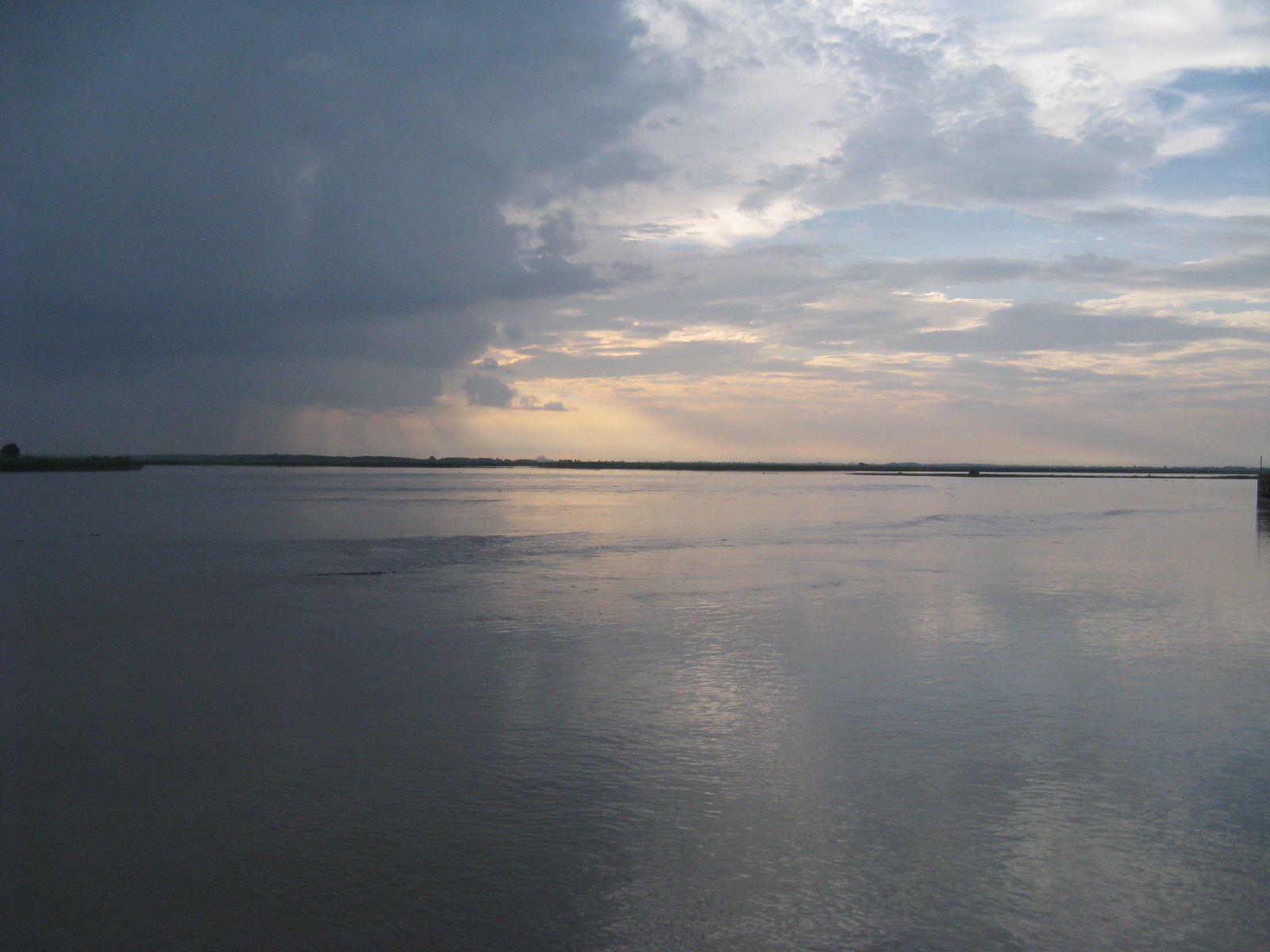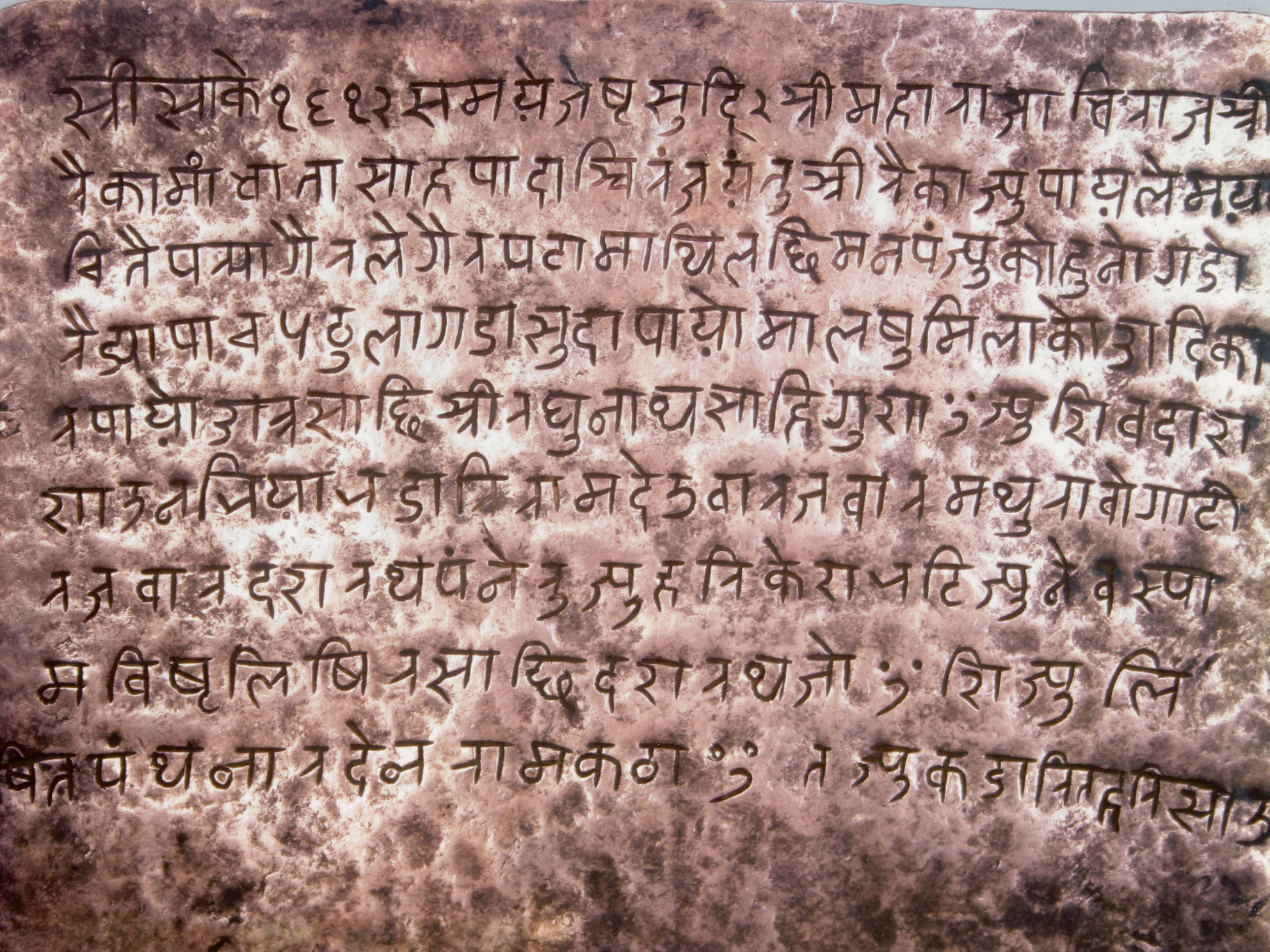|
Byans Rural Municipality
Byas ( ne, व्याँस, translit=Vyans, also spelt Vyas, Vyans and Byans) is a rural municipality located in Darchula District of Sudurpashchim Province of Nepal. The total area of the rural municipality is and the total population of the rural municipality as of 2011 Nepal census is 10,347 individuals. The rural municipality is divided into total 6 wards. Byas ( ne, व्याँस) is derived from Vyasa ( sa, व्यास), the one who classified the Vedas. It is said that the Great Sage Vyasa meditated at this place, giving the region its name. History The rural municipality was established on 10 March 2017, fulfilling the requirement of the new constitution of Nepal in 2015, all old municipalities and villages (which were more than 3900 in number) were restructured into 753 new units, thus this RM came into existence. Byans, Rapla, Sunsera, Dhaulakot and Huti Village development committees were incorporated to form this new rural municipality. The headq ... [...More Info...] [...Related Items...] OR: [Wikipedia] [Google] [Baidu] |
List Of Gaunpalikas Of Nepal
Gaunpalika ( ne, गाउँपालिका, lit=Rural municipal, translit=gāunpālikā}) is the newly formed lower administrative division in Nepal. This administrative division was established in 2017, and replaced the existing village development committees. There are currently 460 rural municipalities. This is a list of the Gaunpalika or rural municipalities of Nepal published by the Ministry of Federal Affairs and General Administration. Classification The Ministry of Federal Affairs and General Administration has classified the local units into four grades based on infrastructure and social development. Province No. 1 There are a total of 88 Rural municipalities in Province No. 1 spread in 14 districts. * Sunkoshi is a name of three rural municipalities in Nepal, in which one Sunkoshi rural municipality falls in Province No. 1: Sunkoshi, Okhaldhunga * Likhu is a name of rural municipality for three rural municipalities in Nepal, in which 1 Likhu falls in Pr ... [...More Info...] [...Related Items...] OR: [Wikipedia] [Google] [Baidu] |
Rapla, Nepal
Rapla is a Village Development Committee (Nepal), Village Development Committee in Darchula District in the Mahakali Zone of western Nepal. At the time of the 1991 Nepal census it had a population of 1112 people residing in 205 individual households. References External linksUN map of the municipalities of Darchula District Populated places in Darchula District {{Darchula-geo-stub ... [...More Info...] [...Related Items...] OR: [Wikipedia] [Google] [Baidu] |
Tibet Autonomous Region
The Tibet Autonomous Region or Xizang Autonomous Region, often shortened to Tibet or Xizang, is a province-level autonomous region of the People's Republic of China in Southwest China. It was overlayed on the traditional Tibetan regions of Ü-Tsang and Kham. It was formally established in 1965 to replace the Tibet Area, the former administrative division of the People's Republic of China (PRC) established after the annexation of Tibet. The establishment was about five years after the 1959 Tibetan uprising and the dismissal of the Kashag, and about 13 years after the original annexation. The current borders of the Tibet Autonomous Region were generally established in the 18th century and include about half of historic Tibet, or the ethno-cultural Tibet. The Tibet Autonomous Region spans over and is the second-largest province-level division of China by area, after Xinjiang. Due to its harsh and rugged terrain, it is sparsely populated at just over 3.6 million people ... [...More Info...] [...Related Items...] OR: [Wikipedia] [Google] [Baidu] |
Burang County
Purang County or Burang County (; ) is an administrative division of Ngari Prefecture in the Tibet Autonomous Region (''TAR'') of China. The county seat is Purang Town, known as ''Taklakot'' in Nepali. The county covers an area of , and has a population of 9,657 as of 2010. Geography Political geography Purang County has TAR's south-western border with Nepal's Sudurpashchim and Karnali province, Darchula, Bajhang and Humla District. Further west, India's Uttarakhand State, Pithoragarh district and Chamoli district borders. Buddhist, Hindu and Jain pilgrims going to Lake Manasarovar and Mount Kailash enter from Nepal via Simikot, and from India via Dharchula. The county is bounded by other counties in the Ngari Prefecture, including Zanda to the west, Gar to the northwest and Gê'gyai to the north. To the east is Zhongba County of Shigatse Prefecture. Physical geography The county covers an area of , and has a population of some 9,058 people as of 2010. T ... [...More Info...] [...Related Items...] OR: [Wikipedia] [Google] [Baidu] |
Naugad
Naugad () is a Gaupalika in Darchula District in the Sudurpashchim Province of far-western Nepal Nepal (; ne, नेपाल ), formerly the Federal Democratic Republic of Nepal ( ne, सङ्घीय लोकतान्त्रिक गणतन्त्र नेपाल ), is a landlocked country in South Asia. It is ma .... Naugad has a population of 15874. The land area is 180.27 km2. References {{Darchula District Rural municipalities in Darchula District Rural municipalities of Nepal established in 2017 ... [...More Info...] [...Related Items...] OR: [Wikipedia] [Google] [Baidu] |
Marma Rural Municipality
Marma () is a Gaupalika in Darchula District in the Sudurpashchim Province of far-western Nepal Nepal (; ne, नेपाल ), formerly the Federal Democratic Republic of Nepal ( ne, सङ्घीय लोकतान्त्रिक गणतन्त्र नेपाल ), is a landlocked country in South Asia. It is ma .... Marma has a population of 14956. The land area is 208.06 km2. References {{Darchula District Rural municipalities in Darchula District Rural municipalities of Nepal established in 2017 ... [...More Info...] [...Related Items...] OR: [Wikipedia] [Google] [Baidu] |
Duhun
Duhun ( ne, दुहुँ) is a rural council located in Darchula District of Sudurpashchim province in Nepal. Total area of the rural municipality is and total population is 10818 individuals. The rural council was formed on 10 March 2017, when Government of Nepal announced 753 local level units as per the new constitution of Nepal 2015 Constitution of Nepal 2015 ( ne, नेपालको संविधान २०७२) is the present governing Constitution of Nepal. Nepal is governed according to the Constitution which came into effect on 20 September 2015, replacing the .... thus the rural municipality came into existence. The rural council was formed merging following former VDCs: Hikila, Pipalchauri and Dhari. Some part (Ward No. 1, 2 & 3 of Previous Api Municipality was also merged in this rural council, remaining wards of Api municipality was merged in Mahakali Municipality) The rural council is divided into 5 wards and the admin center of the rural c ... [...More Info...] [...Related Items...] OR: [Wikipedia] [Google] [Baidu] |
Apihimal
Apihimal () is a Rural council (Gaupalika) in Darchula District in the Sudurpashchim Province of far-western Nepal. Apihimal has a population of 6779.The land area is 613.95 km2. Etymology The rural council has named after the Api (mountain), here the word Himal stands for the Nepali translation of Mountain. Geography There are mountains such as Api, Nampa The Namibia Press Agency (NAMPA) is the national news agency of the Republic of Namibia. It was founded in 1987 under the name Namibia Press Association as a SWAPO partisan press agency, and resuscitated after independence under its current name ..., Kapchuli and Jethi in this rural municipality. References Rural municipalities in Darchula District Rural municipalities of Nepal established in 2017 {{Darchula-geo-stub ... [...More Info...] [...Related Items...] OR: [Wikipedia] [Google] [Baidu] |
Gorkha Kingdom
Gorkha Kingdom ( ne, गोरखा राज्य) was a member of the Chaubisi rajya, a confederation of 24 states on the Indian subcontinent ruled by Khas people. In 1743 CE, the kingdom began a campaign of military expansion, annexing several neighbors to become present-day Nepal. The Gorkha Kingdom extended to the Marshyangdi River in the west, forming its border with the Kingdom of Lamjung. To the east, the kingdom extended to the Trishuli River, forming its border with the Nepal Mandala. The Gorkha Kingdom was established in 1559 CE by Prince Dravya Shah, second son of King Yasho Brahma Shah of Lamjung. The prince replaced the Khadka chiefs who previously ruled the region. Origin According to legends, one of the earliest Shah rulers was Rishi-raj Rana-Ji, of the Lunar dynasty. He was made the ruler of Chittorgarh and received the title of ''Bhattarak''.Daniel Wright, ''History of Nepāl'', Cambridge University Press, 1877, NepalChapter X page 273 The lunar d ... [...More Info...] [...Related Items...] OR: [Wikipedia] [Google] [Baidu] |
Sharda River
The Sharda River, also called Kali River and Mahakali River, originates at Kalapani in the Himalayas at an elevation of in the Pithoragarh district in Uttarakhand, India. It flows along Nepal's western border with India and has a basin area of . It joins Ghaghra River, a tributary of the Ganges. It takes the name Kali River from the union of the two streams at Gunji as it flows through the hills. After Brahmadev Mandi near Tanakpur, it enters the Terai plains, where it is called Sharda River. It offers potential for hydroelectric power generation. The river is also proposed as source for one of the many projects in the Himalayan component of the Indian Rivers Inter-link project. Etymology and naming It is named after Śāradā, which is another name for Saraswati, the goddess of learning. It is called Mahakali River in ne, महाकाली नदी, mahākālī nadī, , in Hindi, and Kali Gad (Kumaoni: काली गाड़, ''kālī gād'') or Kali Ga ... [...More Info...] [...Related Items...] OR: [Wikipedia] [Google] [Baidu] |
Seti River
The Seti River is an important tributary of the Karnali system that drains western Nepal. Course The Seti originates from the snow fields and glaciers around the twin peaks of Api and Nampa in the south facing slopes of the main Himalayas. The area is near the trijunction of the borders of Nepal, India (Kumaon, Uttarakhand), and China (Tibet). The river first flows in a south-easterly direction, then turns and flows in a south-westerly and finally south-easterly again before joining the Karnali or Ghagra River. It has cut a spectacular gorge across the Mahabharat Range The Lower Himalayan Range ( ne, पर्वत शृङ्खला parbat shrinkhalā) – also called the Middle Himalayas or Lesser Himalayas or Himachal – is a major east–west mountain range with elevations 3,700 to 4,500 m (12,000 to ... and appears to be lost amongst caves and tunnels for a short distance. References Rivers of Sudurpashchim Province Ghaghara {{Nepal-river-stub ... [...More Info...] [...Related Items...] OR: [Wikipedia] [Google] [Baidu] |
Doti
Doti ( ne, डोटी), also known as Doti region, Dotigarh (डोटीगढ़) as used in the Jagar (folk tales; जागर), in the Farwestern region of Nepal (Sudurpashchim Province), is a region situated between River Kali bordering Kumaon division of Uttarakhand in the west and the Karnali river on the east. Doti was one of eight different princely states of the Katyuri Kingdom. Districts Doti division covers the nine districts of Sudurpashchim Province. They are: *Darchula District *Baitadi District *Dadeldhura District *Kanchanpur District *Doti District * Kailali District *Bajhang District * Bajura District *Achham District Kailali and Kanchanpur District are Terai districts and rest are hilly districts. Etymology The name Doti is believed to have originated from the word Doab which means the land area between the confluence of two rivers. Other view is that the original name of Doti was = + or ( meaning Hindu God and meaning the place of re-creation or ... [...More Info...] [...Related Items...] OR: [Wikipedia] [Google] [Baidu] |




